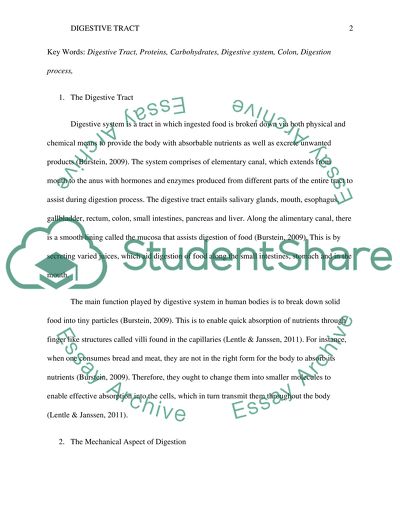Digestive Tract Research Paper Example | Topics and Well Written Essays - 750 words. Retrieved from https://studentshare.org/health-sciences-medicine/1484862-digestive-tract
Digestive Tract Research Paper Example | Topics and Well Written Essays - 750 Words. https://studentshare.org/health-sciences-medicine/1484862-digestive-tract.


